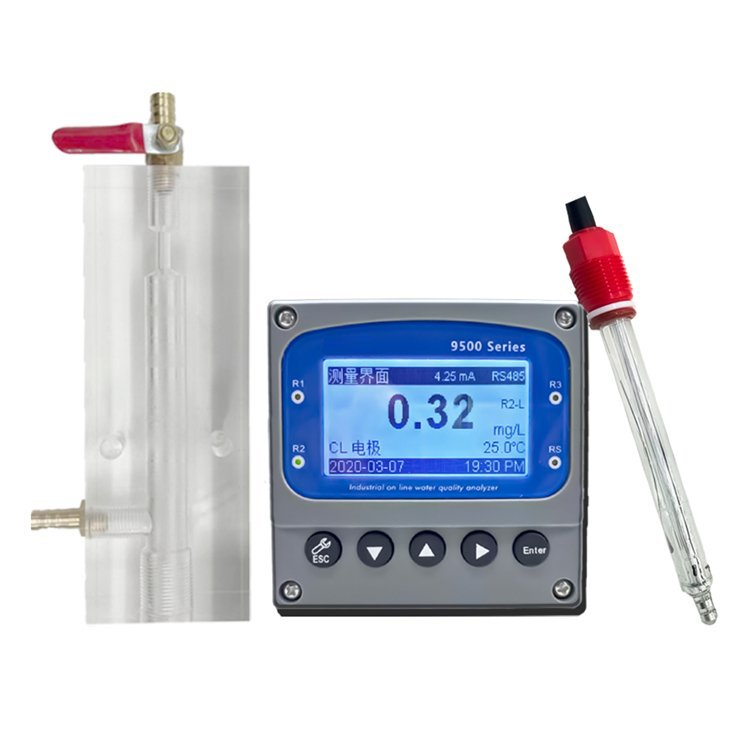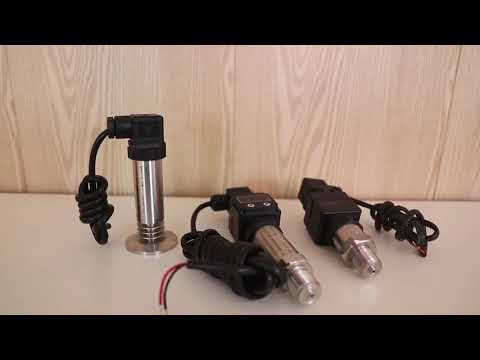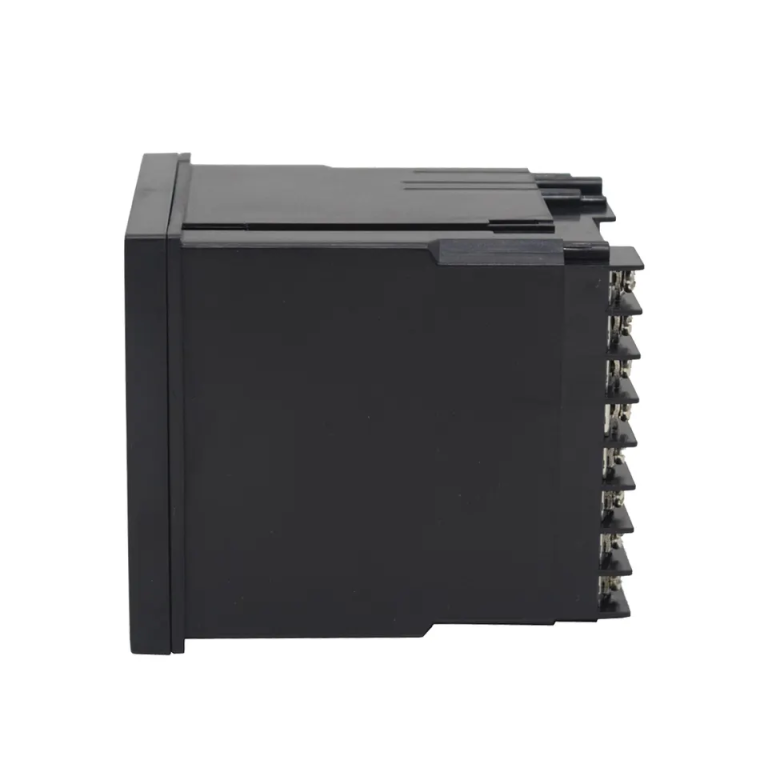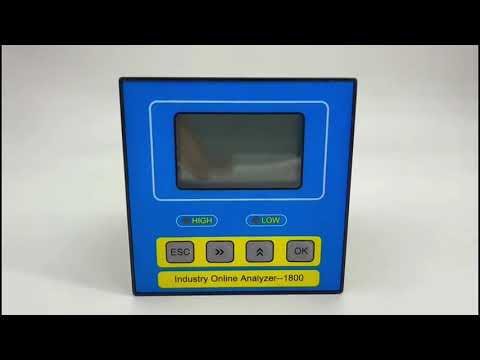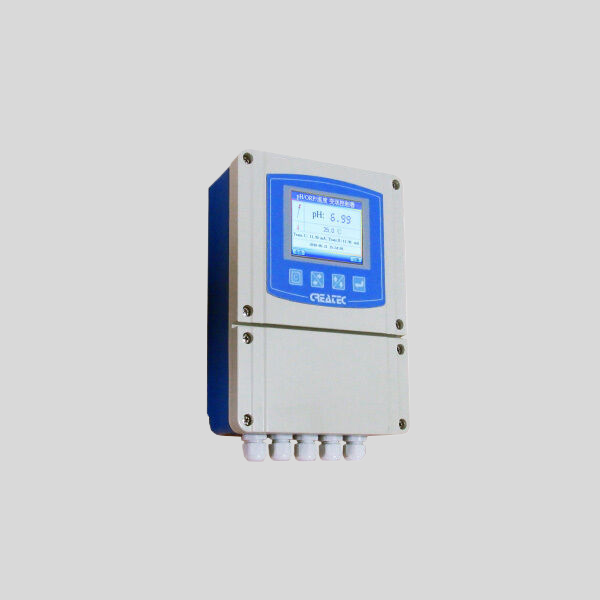Table of Contents
Benefits of Using Reverse Osmosis Controllers in Water Treatment Systems
Reverse osmosis controllers play a crucial role in water treatment systems by ensuring the efficient operation of the reverse osmosis process. These controllers are designed to monitor and regulate various parameters such as pressure, flow rate, and conductivity to optimize the performance of the system. By using reverse osmosis controllers, water treatment plants can achieve higher levels of purity and efficiency in their operations.
| Model | CM-230S Ecomonical conductivity monitor |
| Range | 0-200/2000/4000/10000uS/cm |
| 0-100/1000/2000/5000PPM | |
| Accuracy | 1.5%(FS) |
| Temp. Comp. | Automatic temperature compensation based on 25℃ |
| Oper. Temp. | Normal 0~50℃; High temp 0~120℃ |
| Sensor | Standard:ABS C=1.0cm-1 (others are optional) |
| Display | LCD Screen |
| Zero Correction | Manual correction for low range 0.05-10ppm Set from ECO |
| Unit Display | uS/cm or PPM |
| Power | AC 220V±10% 50/60Hz or AC 110V±10% 50/60Hz or DC24V/0.5A |
| Working Environment | Ambient temperature:0~50℃ |
| Relative humidity≤85% | |
| Dimensions | 48×96×100mm(H×W×L) |
| Hole Size | 45×92mm(H×W) |
| Installation Mode | Embedded |
One of the key benefits of using reverse osmosis controllers is the ability to maintain consistent water quality. These controllers continuously monitor the water parameters and make real-time adjustments to ensure that the water meets the desired quality standards. By maintaining a stable operating condition, reverse osmosis controllers help to prevent fluctuations in water quality and ensure a reliable supply of clean water.
In addition to maintaining water quality, reverse osmosis controllers also help to improve the overall efficiency of the water treatment system. By optimizing the operating parameters, such as pressure and flow rate, these controllers can reduce energy consumption and minimize wastage of water. This not only helps to lower operating costs but also contributes to environmental sustainability by conserving resources.
Furthermore, reverse osmosis controllers provide valuable data and insights into the performance of the water treatment system. By collecting and analyzing data on key parameters, such as pressure, flow rate, and conductivity, these controllers can help operators identify potential issues and optimize system performance. This data-driven approach enables water treatment plants to make informed decisions and implement targeted improvements to enhance the efficiency and effectiveness of their operations.
When selecting a reverse osmosis controller for a water treatment system, there are several key guidelines to consider. First and foremost, it is important to choose a controller that is compatible with the specific requirements of the system. This includes considering factors such as the size of the system, the type of membranes used, and the desired level of automation.
Additionally, it is essential to select a controller that offers a user-friendly interface and intuitive controls. This will make it easier for operators to monitor and adjust the system parameters, as well as access important data and reports. A well-designed controller should also provide remote monitoring and control capabilities, allowing operators to manage the system from anywhere with an internet connection.
In conclusion, reverse osmosis controllers play a critical role in optimizing the performance of water treatment systems. By maintaining consistent water quality, improving efficiency, automating operations, and providing valuable data insights, these controllers help to ensure the reliable supply of clean water. When selecting a reverse osmosis controller, it is important to consider factors such as compatibility, user-friendliness, and remote monitoring capabilities to maximize the benefits of this essential technology.
How to Properly Maintain and Calibrate Reverse Osmosis Controllers for Optimal Performance
Reverse osmosis controllers are essential components in water treatment systems, ensuring that the process runs smoothly and efficiently. Proper maintenance and calibration of these controllers are crucial to ensure optimal performance and prolong their lifespan. In this article, we will discuss some guidelines on how to properly maintain and calibrate reverse osmosis controllers.
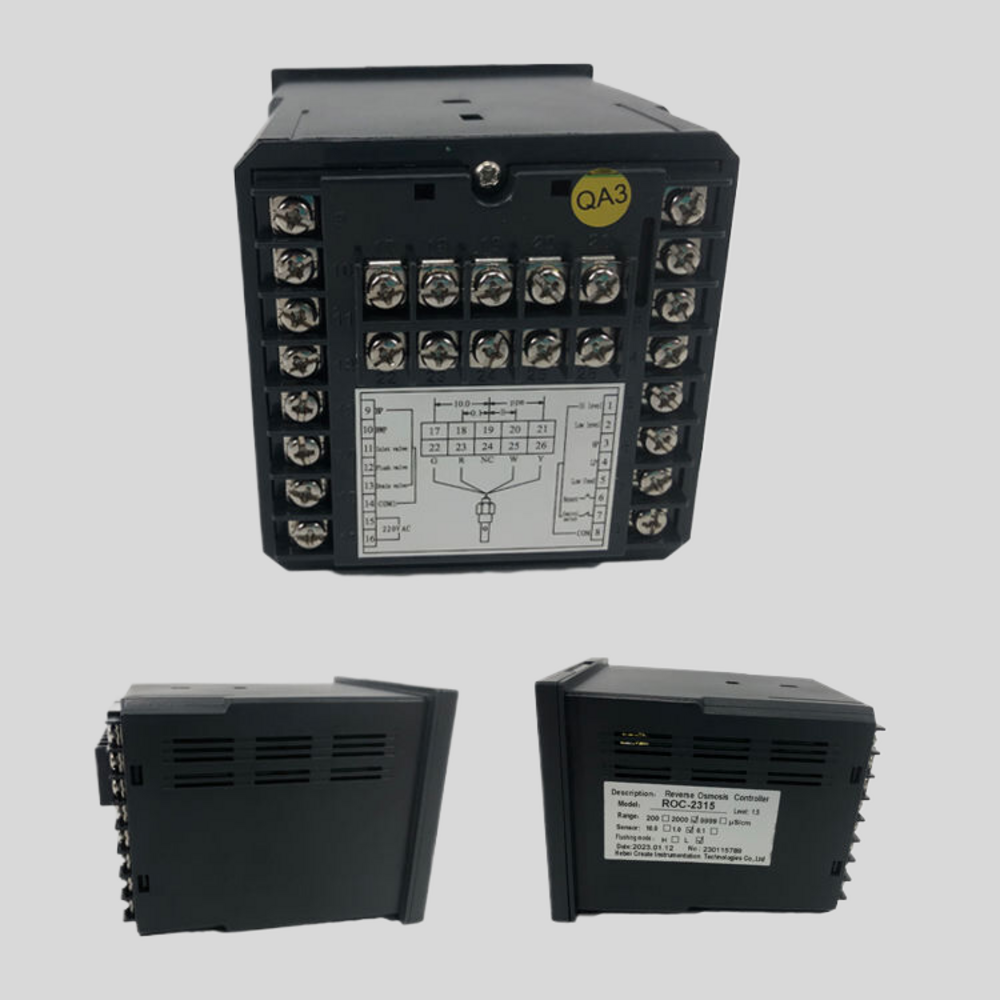
Regular maintenance is key to keeping reverse osmosis controllers in good working condition. One of the first steps in maintaining these controllers is to regularly inspect them for any signs of wear or damage. Check for any leaks, loose connections, or corrosion on the controller and its components. Addressing these issues promptly can prevent further damage and ensure the controller’s continued operation.
In addition to visual inspections, it is important to regularly clean the controller and its components. Over time, dirt, debris, and mineral deposits can build up on the controller, affecting its performance. Use a mild detergent and water to clean the controller, taking care to avoid getting water inside the controller. Regular cleaning can help prevent clogs and ensure the controller operates efficiently.
Calibration is another important aspect of maintaining reverse osmosis controllers. Calibration ensures that the controller is accurately measuring and controlling the water treatment process. It is recommended to calibrate the controller at least once a year, or more frequently if needed. Follow the manufacturer’s guidelines for calibration, as each controller may have specific requirements.
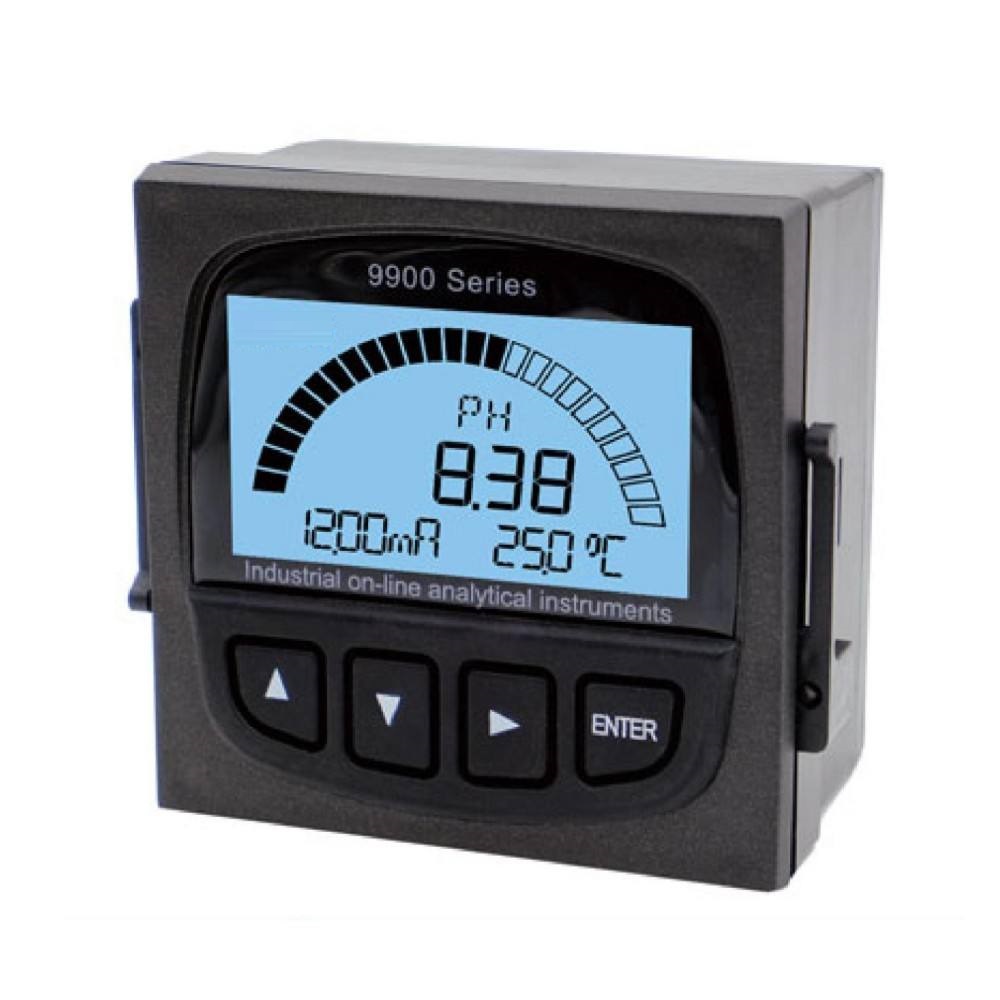
When calibrating the controller, it is important to use high-quality calibration solutions and follow the correct procedures. Make sure to calibrate all sensors and probes according to the manufacturer’s instructions. Keep a record of the calibration process, including the date, results, and any adjustments made. This record can help track the controller’s performance over time and identify any issues that may arise.
| Model No. | CIT-8800 Inductive Conductivity / Concentration Online Controller | |
| Measurement range | Conductivity | 0.00μS/cm ~ 2000mS/cm |
| Concentration | 1.NaOH,(0-15)% or(25-50)%; | |
| 2.HNO3(note the Corrosion resistance of the sensor)(0-25)% or(36-82)%; | ||
| 3.User-defined concentration curves. | ||
| TDS | 0.00ppm~1000ppt | |
| Temp. | (0.0 ~ 120.0)℃ | |
| Resolution | Conductivity | 0.01μS/cm |
| Concentration | 0.01% | |
| TDS | 0.01ppm | |
| Temp. | 0.1℃ | |
| Accuracy | Conductivity | 0μS/cm ~1000μS/cm ±10μS/cm |
| 1 mS/cm~500 mS/cm ±1.0% | ||
| 500mS/cm~2000 mS/cm ±1.0% | ||
| TDS | 1.5 level | |
| Temp. | ±0.5℃ | |
| Temp. compensation | element | Pt1000 |
| range | (0.0~120.0)℃ linear compensation | |
| (4~20)mA Current output | channels | Double channels |
| features | Isolated, adjustable, reversible, 4-20MA output, instruments/ transmitter mode. | |
| Loop resistance | 400Ω(Max),DC 24V | |
| Resolution | ±0.1mA | |
| Control contact | Channels | Triple channels |
| Contact | Photoelectric relay output | |
| Programmable | Programmable ( temperature 、conductivity/concentration/TDS、timing)output | |
| Features | Could set temperature、conductivity/concentration/TDS、 timing NO/NC/ PID selection | |
| Resistance load | 50mA(Max),AC/DC 30V(Max) | |
| Data communication | RS485,MODBUS protocol | |
| Power supply | DC 24V±4V | |
| Consumption | <5.5W | |
| Working environment | Temperature:(0~50)℃ Relative Humidity:≤85%RH(non- condensing ) | |
| Storage | Temperature:(-20~60)℃ Relative Humidity:≤85%RH(non- condensing) | |
| Protection level | IP65(with rear cover) | |
| Outline dimension | 96mm×96 mm×94mm (H×W×D) | |
| Hole dimension | 91mm×91mm(H×W) | |
| Installation | Panel mounted , fast installation | |
Regularly monitoring the controller’s performance is also essential for maintaining optimal operation. Keep an eye on the controller’s readings and alarms, and address any deviations from the set parameters promptly. If the controller is not functioning as expected, troubleshoot the issue and make any necessary adjustments. Regular monitoring can help prevent downtime and ensure the water treatment system operates efficiently.
In addition to regular maintenance and calibration, it is important to follow the manufacturer’s guidelines for operating the reverse osmosis controller. Avoid overloading the controller or exceeding its capacity, as this can lead to premature wear and damage. Follow the recommended operating parameters and make any adjustments as needed to ensure the controller’s optimal performance.
In conclusion, proper maintenance and calibration of reverse osmosis controllers are essential for ensuring optimal performance and prolonging their lifespan. Regular inspections, cleaning, calibration, and monitoring are key aspects of maintaining these controllers. By following these guidelines and staying proactive in maintaining the controller, you can ensure that your water treatment system operates efficiently and effectively.

